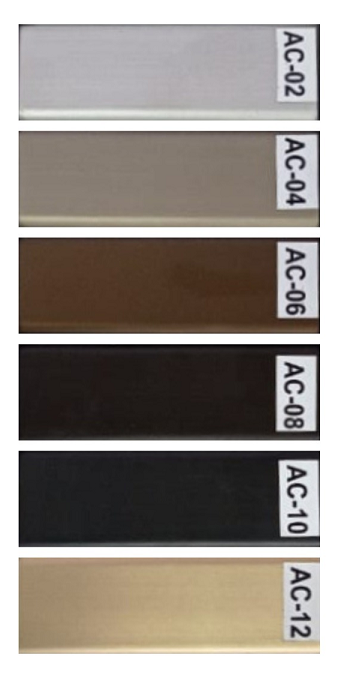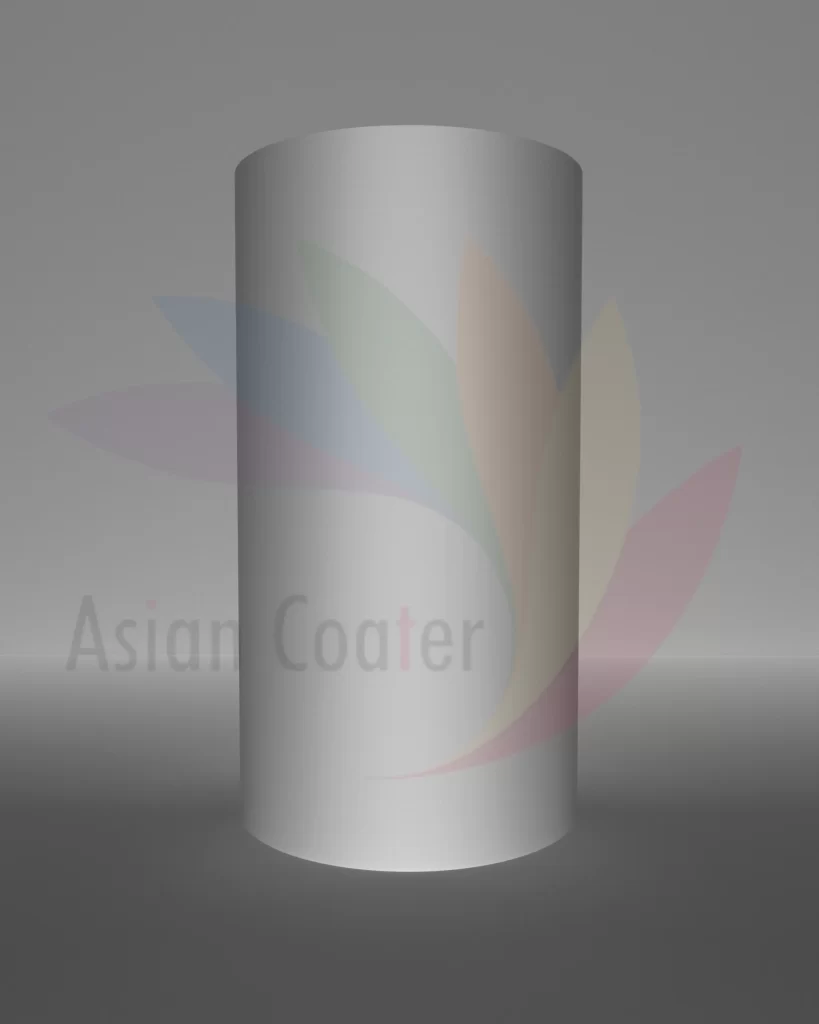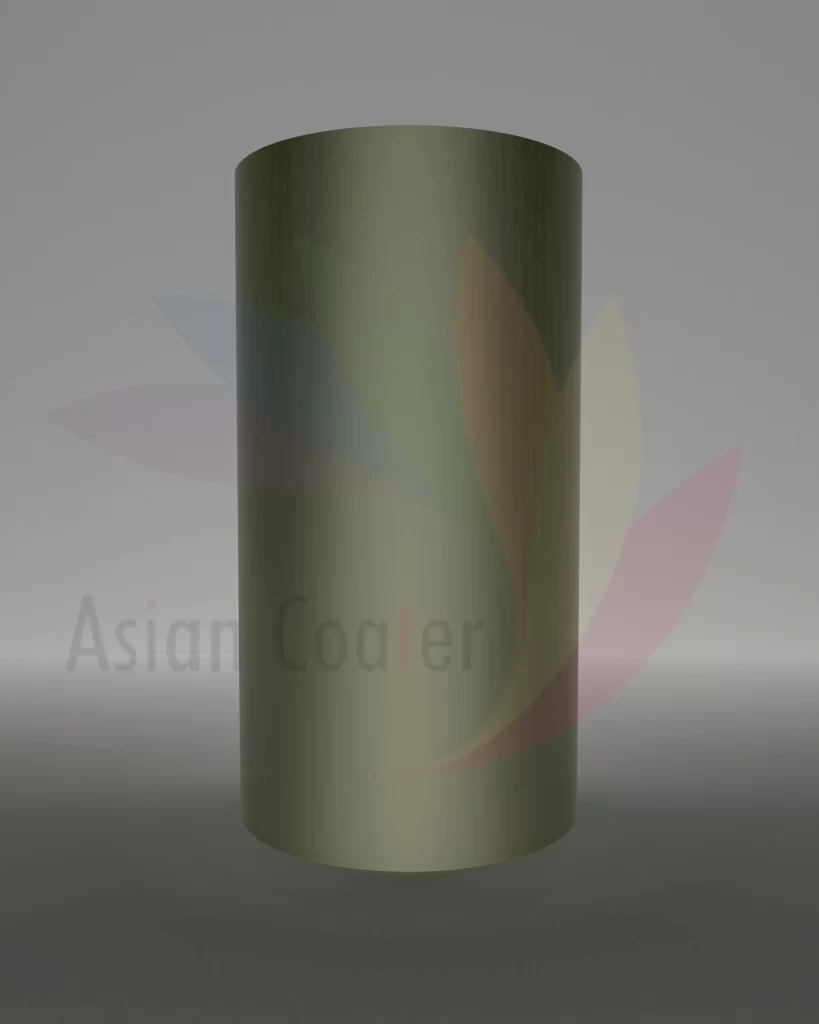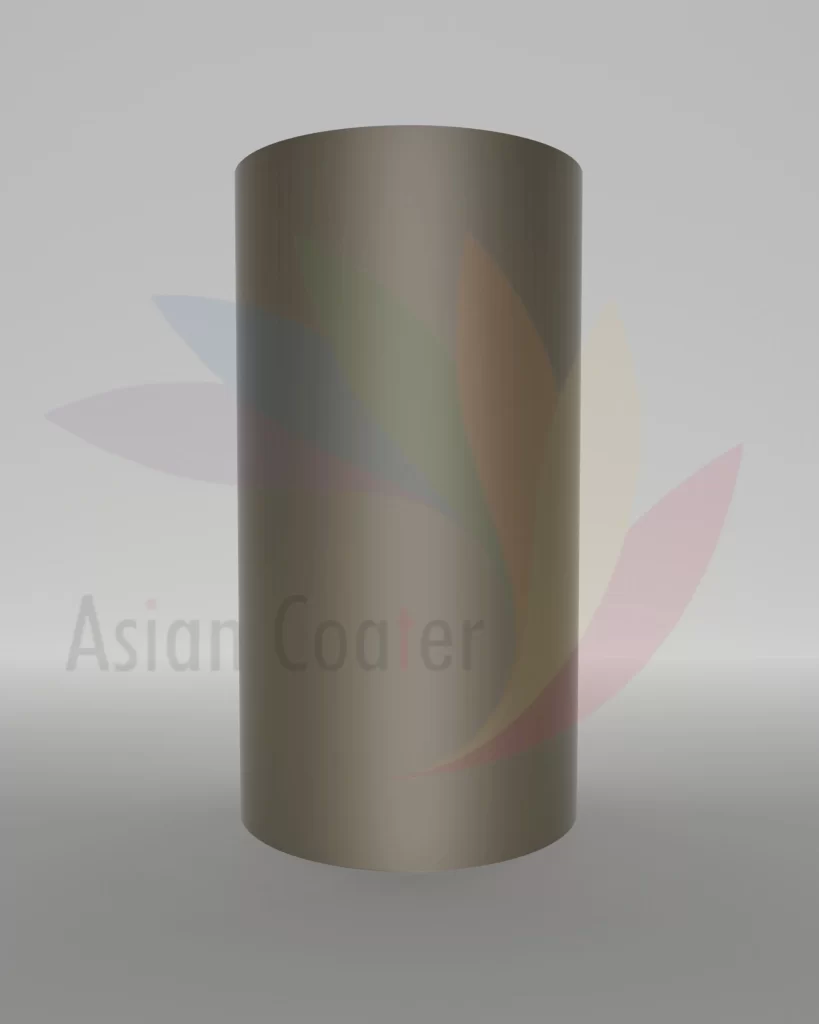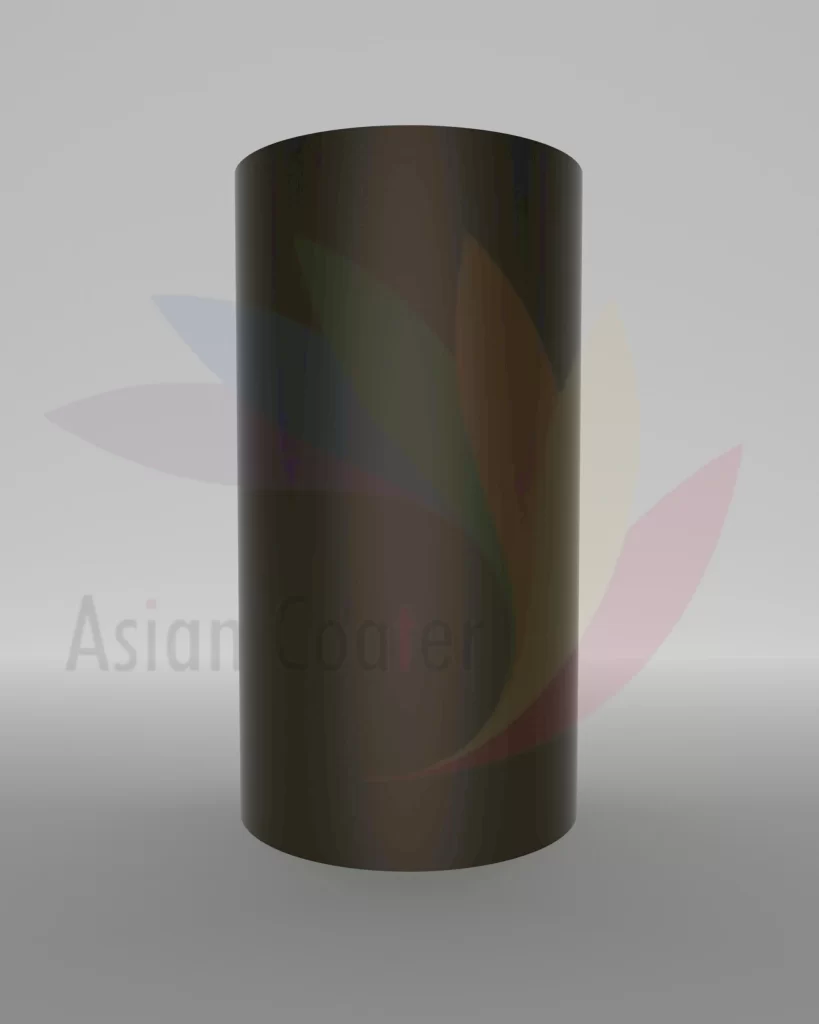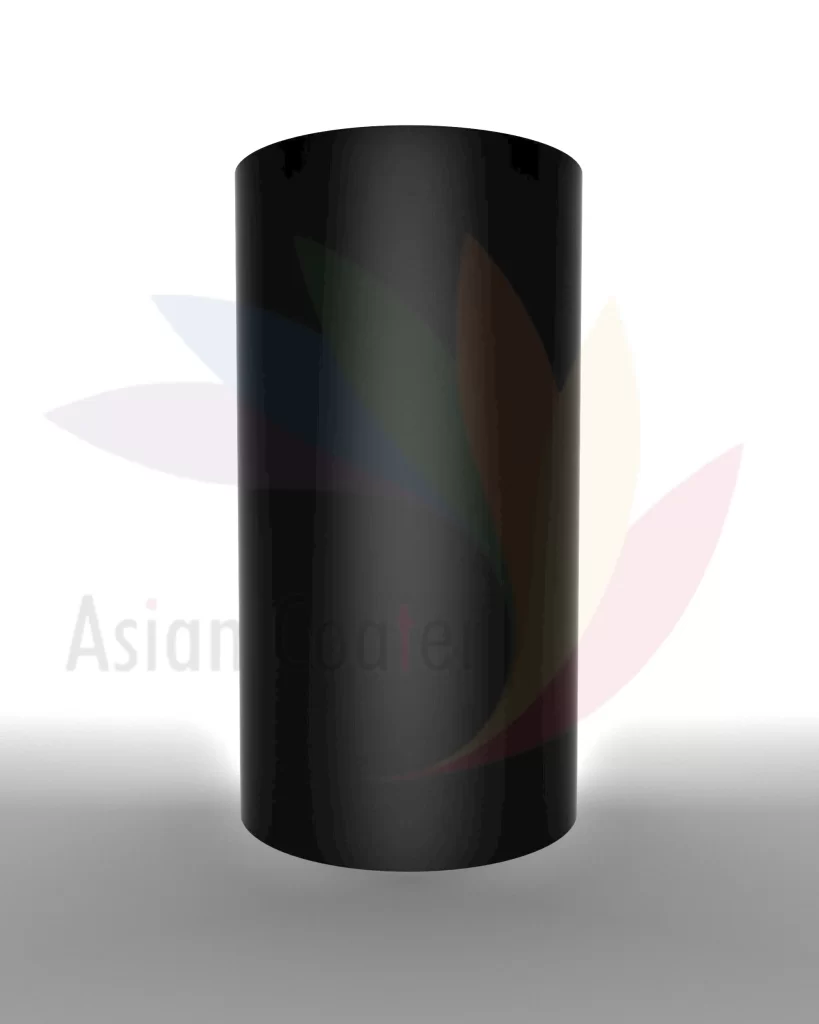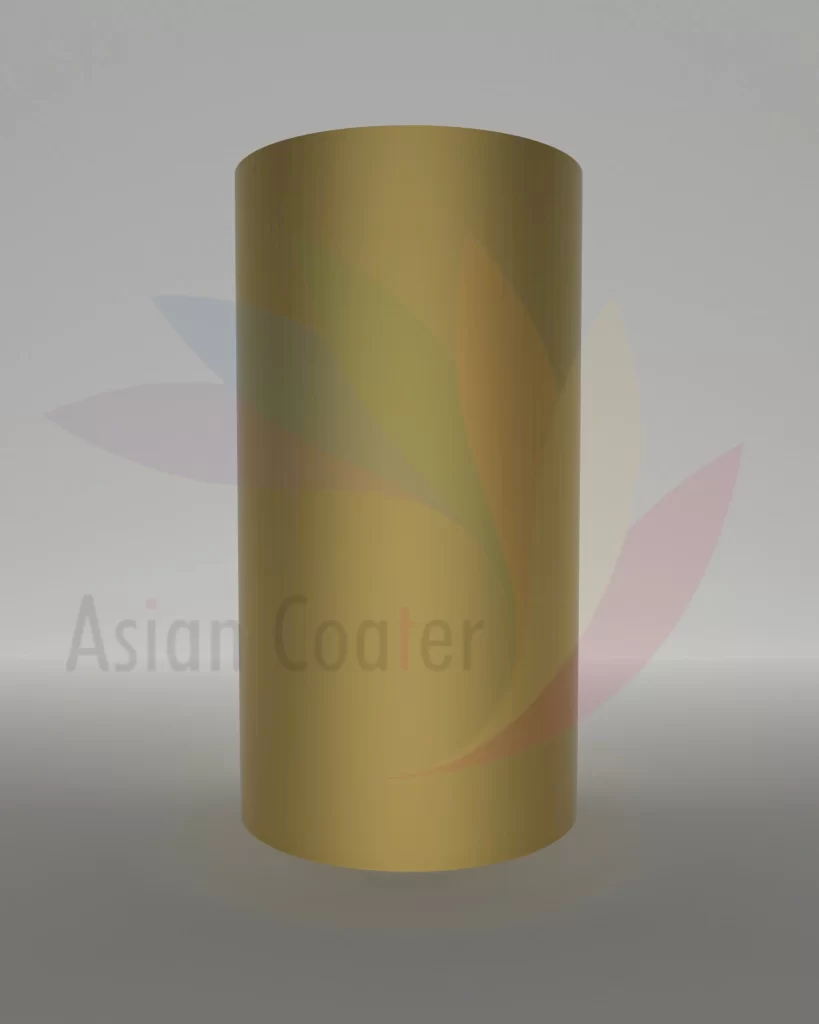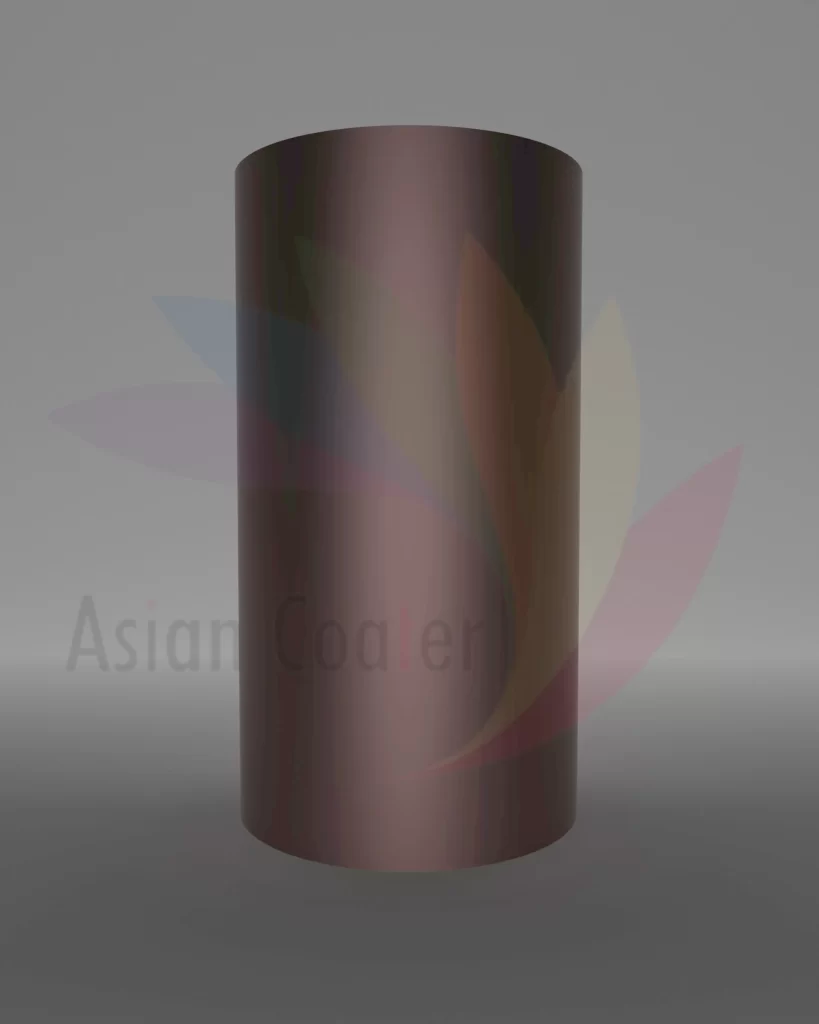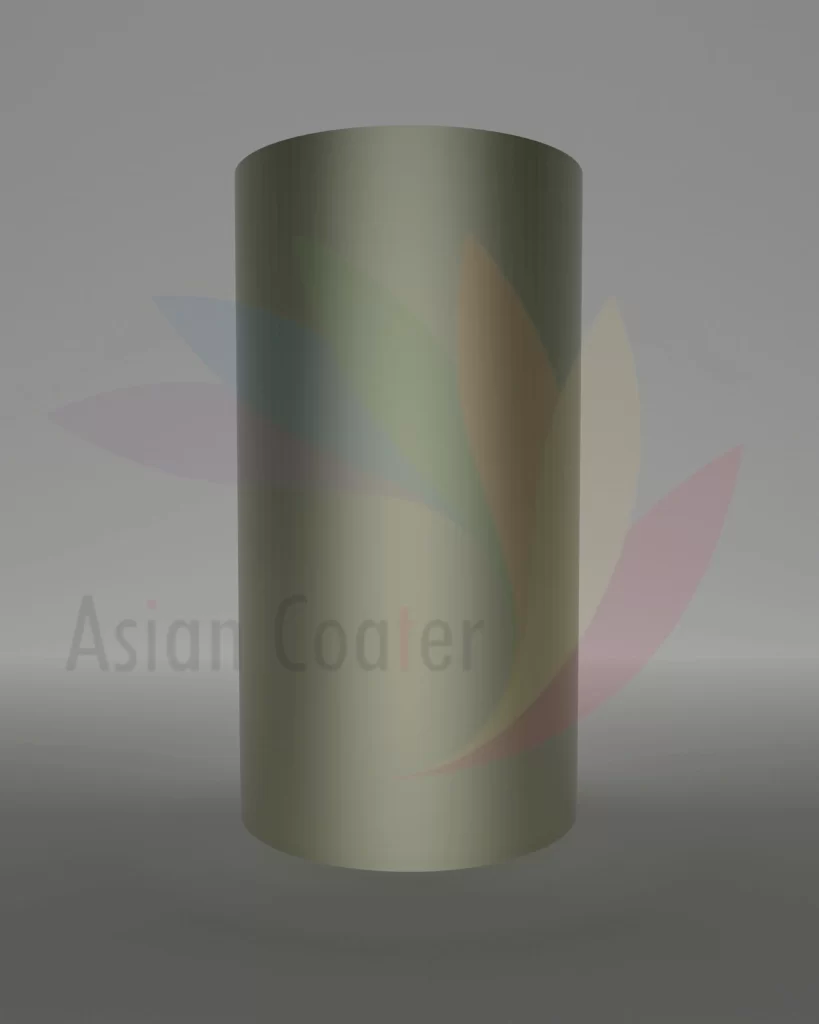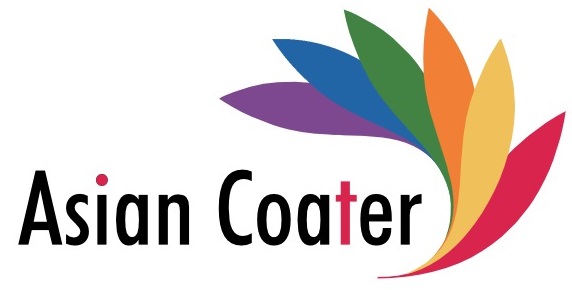Matt Color Anodizing Service
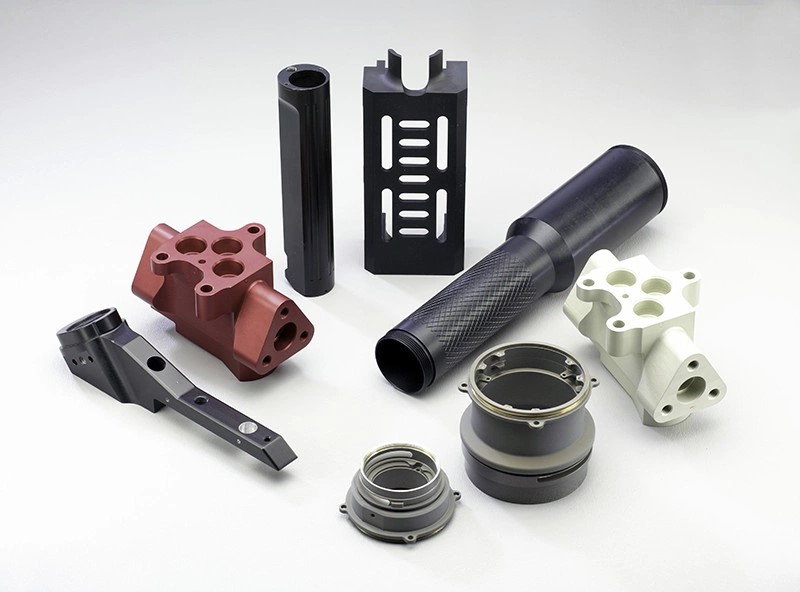
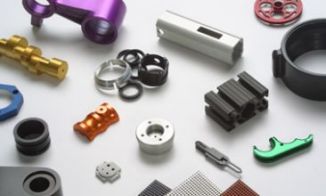
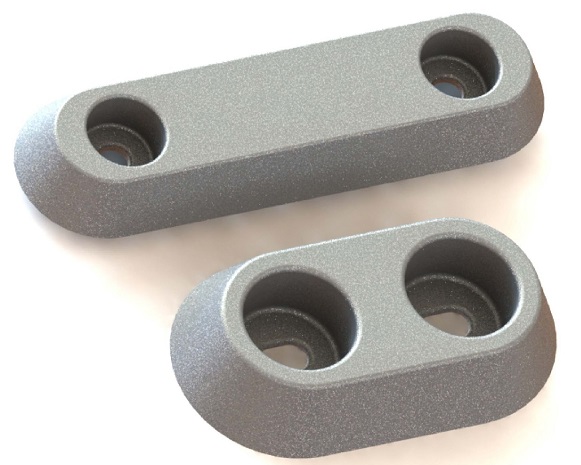
Anodizing colors are important since they say a great deal about the properties of the end product. In this article, you will know about anodizing, common anodized aluminum colors, and how to color aluminum products using anodizing. Let’s get right on it so you could understand how the process works.
Anodizing colors are different from the colors of other techniques such as powder coating or paint. In terms of achieving color consistency, there are difficulties due to the many variables involved in anodization.
While the anodizing process is open to all colors of the rainbows, the anodized aluminum colors used to depend heavily on many factors such as size, grade, finish tapes. Below are the steps to take on how to color aluminum products using an anodizing process.
Adding Color
There are four ways of adding anodized aluminum colors. Below is an explanation of the four methods.
- Electrolytic coloring. This method involves the immersion of the aluminum parts in a solution containing some metallic salts. On filling the pore, they provide a coating strong enough to resist UV rays. However, there is a limitation on the number of anodizing colors you can use, with bronze or black color being the most common.
- Dip coloring. In this method, the part is placed in a tank containing a dye. The dye fills up the pore, and the surface is boiled in de-ionized water to end the reaction. You can use dip coloring with many color variants. However, they are not that UV resistant.
- Integral Coloring. Integral coloring combines anodizing and coloring to color aluminum products in bronze and black shades. The products also become more abrasion-resistant.
- Interference Coloring. In interference coloring, the pore structure becomes enlarged. Therefore, the deposition of metals in the pores leads to light-fast colors ranging from blue, green, and yellow to red. These colors occur as a result of optical-interference effects instead of light scattering effects.
